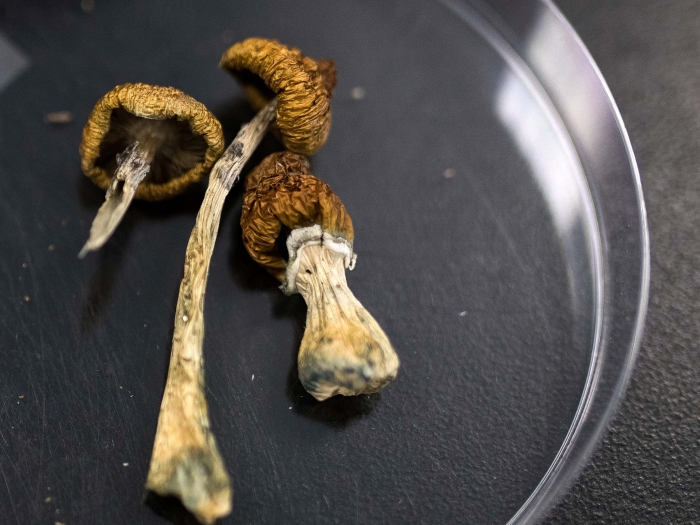Filling an opioid prescription after lumbar radiofrequency ablation is a risky move.
3:10 PM
Author |

Lumbar facet radiofrequency ablation uses heat from an electric current to stop the nerves from transmitting pain signals from the lower back. It is the second most common interventional procedure in pain medicine. While the procedure is considered minor surgery causing mild discomfort, some clinicians prescribe opioids for pain relief. Given the prevalence of this treatment, Daniel Southren, M.D., M.B.A., Chad Brummett, M.D. and their team looked into whether receiving an opioid prescription for radiofrequency ablation was associated with new persistent opioid use. They found that one in five patients filled a prescription for opioids after their ablation and those who filled the prescription had more than twice the odds of persistent opioid use.
Paper cited: "Opioid Fills for Lumbar Facet Radiofrequency Ablation Associated with New Persistent Opioid Use," Anesthesiology. DOI: 10.1097/ALN.0000000000003164

Explore a variety of health care news & stories by visiting the Health Lab home page for more articles.

Department of Communication at Michigan Medicine
Want top health & research news weekly? Sign up for Health Lab’s newsletters today!





